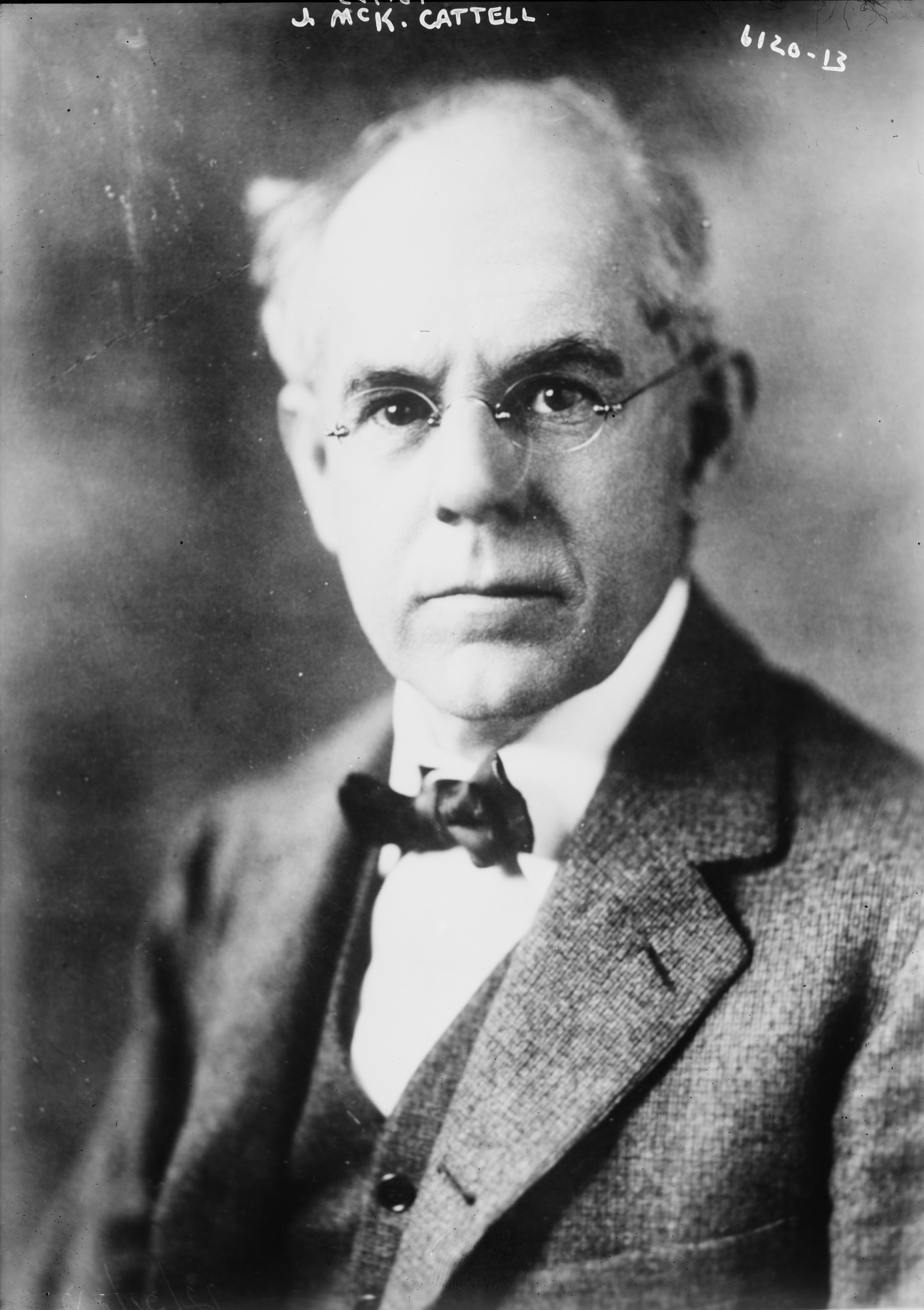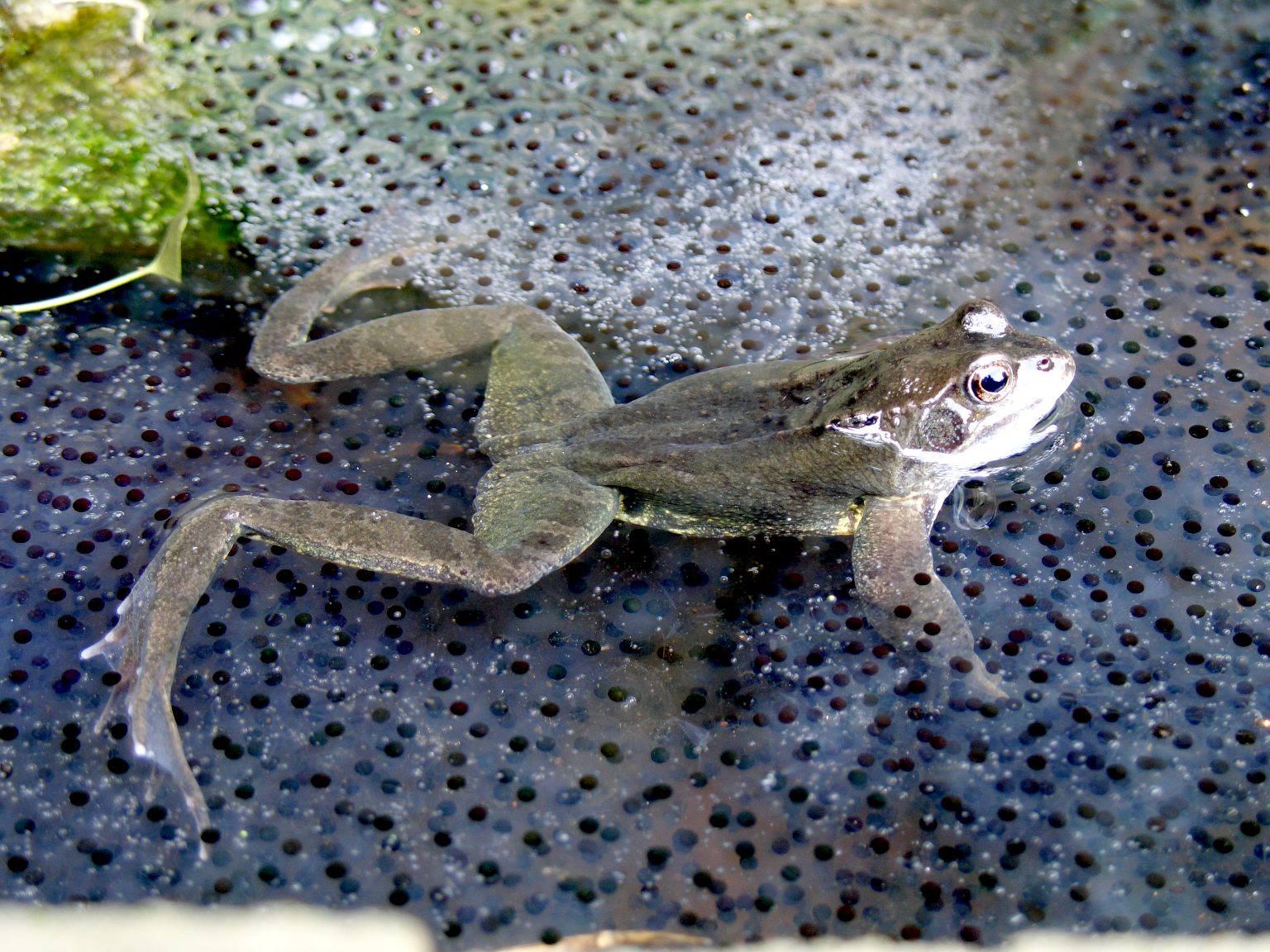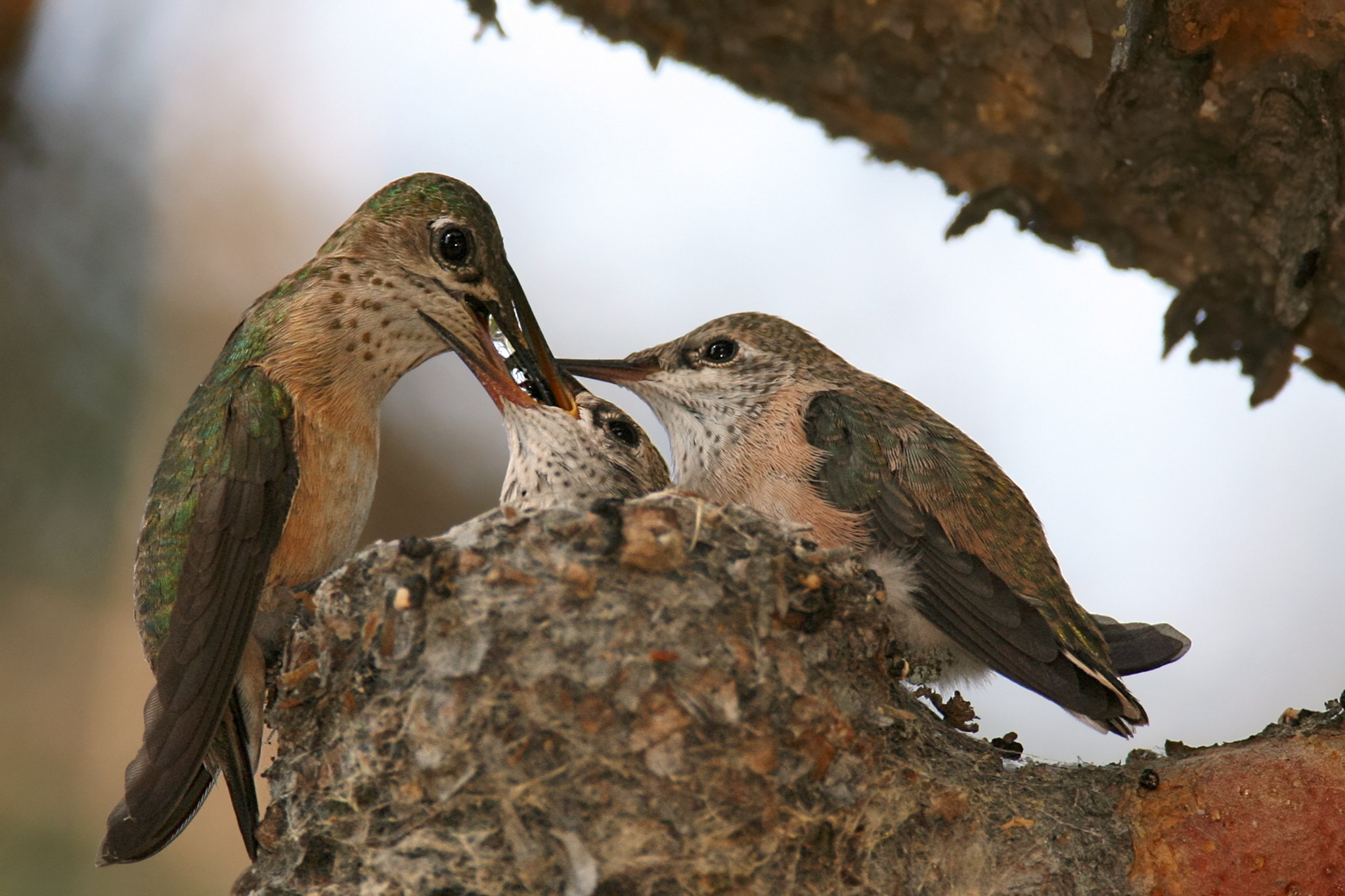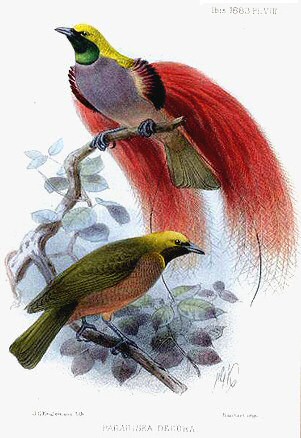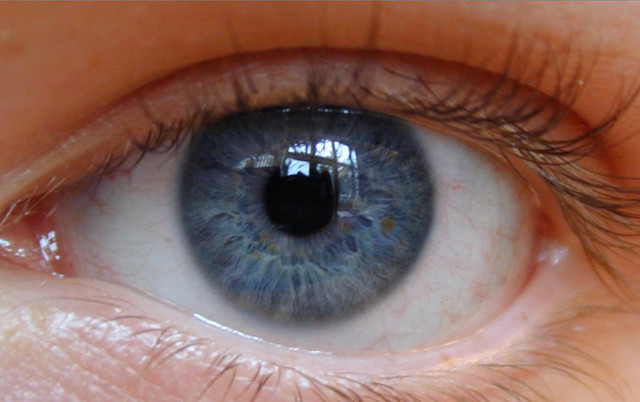|
Human Behavioral Ecology
Human behavioral ecology (HBE) or human evolutionary ecology applies the principles of evolutionary theory and optimization to the study of human behavioral and cultural diversity. HBE examines the adaptive design of traits, behaviors, and life histories of humans in an ecological context. One aim of modern human behavioral ecology is to determine how ecological and social factors influence and shape behavioral flexibility within and between human populations. Among other things, HBE attempts to explain variation in human behavior as adaptive solutions to the competing life-history demands of growth, development, reproduction, parental care, and mate acquisition. HBE overlaps with evolutionary psychology, human or cultural ecology, and decision theory. It is most prominent in disciplines such as anthropology and psychology where human evolution is considered relevant for a holistic understanding of human behavior. Evolutionary theory Human behavioral ecology rests upon a ... [...More Info...] [...Related Items...] OR: [Wikipedia] [Google] [Baidu] |
Evolution
Evolution is the change in the heritable Phenotypic trait, characteristics of biological populations over successive generations. It occurs when evolutionary processes such as natural selection and genetic drift act on genetic variation, resulting in certain characteristics becoming more or less common within a population over successive generations. The process of evolution has given rise to biodiversity at every level of biological organisation. The scientific theory of evolution by natural selection was conceived independently by two British naturalists, Charles Darwin and Alfred Russel Wallace, in the mid-19th century as an explanation for why organisms are adapted to their physical and biological environments. The theory was first set out in detail in Darwin's book ''On the Origin of Species''. Evolution by natural selection is established by observable facts about living organisms: (1) more offspring are often produced than can possibly survive; (2) phenotypic variatio ... [...More Info...] [...Related Items...] OR: [Wikipedia] [Google] [Baidu] |
Psychology
Psychology is the scientific study of mind and behavior. Its subject matter includes the behavior of humans and nonhumans, both consciousness, conscious and Unconscious mind, unconscious phenomena, and mental processes such as thoughts, feelings, and motivation, motives. Psychology is an academic discipline of immense scope, crossing the boundaries between the Natural science, natural and social sciences. Biological psychologists seek an understanding of the Emergence, emergent properties of brains, linking the discipline to neuroscience. As social scientists, psychologists aim to understand the behavior of individuals and groups.Hockenbury & Hockenbury. Psychology. Worth Publishers, 2010. A professional practitioner or researcher involved in the discipline is called a psychologist. Some psychologists can also be classified as Behavioural sciences, behavioral or Cognitive science, cognitive scientists. Some psychologists attempt to understand the role of mental functions in i ... [...More Info...] [...Related Items...] OR: [Wikipedia] [Google] [Baidu] |
Offspring
In biology, offspring are the young creation of living organisms, produced either by sexual reproduction, sexual or asexual reproduction. Collective offspring may be known as a brood or progeny. This can refer to a set of simultaneous offspring, such as the chick (young bird), chicks hatched from one clutch (eggs), clutch of eggs, or to all offspring produced over time, as with the brood (honeybee), honeybee. Offspring can occur after mating, artificial insemination, or as a result of cloning. Human offspring (lineal descendant, descendants) are referred to as children; male children are sons and female children are daughters (see Kinship). Overview Offspring contains many parts and properties that are precise and accurate in what they consist of, and what they define. As the offspring of a new species, also known as a child or f1 generation, consist of genes of the father and the mother, which is also known as the parent generation. Each of these offspring contains numerous ... [...More Info...] [...Related Items...] OR: [Wikipedia] [Google] [Baidu] |
Lactation
Lactation describes the secretion of milk from the mammary glands and the period of time that a mother lactates to feed her young. The process naturally occurs with all sexually mature female mammals, although it may predate mammals. The process of feeding milk in all female creatures is called ''nursing'', and in humans it is also called ''breastfeeding''. Newborn infants often produce some milk from their own breast tissue, known colloquially as witch's milk. In most species, lactation is a sign that the female has been pregnant at some point in her life, although in humans and goats, it can happen without pregnancy. Nearly every species of mammal has teats; except for monotremes, egg-laying mammals, which instead release milk through ducts in the abdomen. In only a handful of species of mammals, certain bat species, is milk production a normal Male lactation, male function. ''Galactopoiesis'' is the maintenance of milk production. This stage requires prolactin. Oxytocin is cr ... [...More Info...] [...Related Items...] OR: [Wikipedia] [Google] [Baidu] |
Parental Investment
Parental investment, in evolutionary biology and evolutionary psychology, is any parental expenditure (e.g. time, energy, resources) that benefits offspring.Clutton-Brock, T.H. 1991. ''The Evolution of Parental Care''. Princeton, NJ: Princeton U. Press. pg. 9Trivers, R.L. (1972). Parental investment and sexual selection. In B. Campbell (Ed.), ''Sexual selection and the descent of man'', 1871-1971 (pp. 136–179). Chicago, IL: Aldine. . Parental investment may be performed by both males and females (called ''biparental care''), females alone (''exclusive maternal care'') or males alone (''exclusive paternal care''). Care can be provided at any stage of the offspring's life, from pre-natal (e.g. egg guarding and Egg incubation, incubation in birds, and placental nourishment in mammals) to post-natal (e.g. food provisioning and protection of offspring). Parental investment theory, a term coined by Robert Trivers in 1972, predicts that the sex that invests more in its offsprin ... [...More Info...] [...Related Items...] OR: [Wikipedia] [Google] [Baidu] |
Inclusive Fitness
Inclusive fitness is a conceptual framework in evolutionary biology first defined by W. D. Hamilton in 1964. It is primarily used to aid the understanding of how social traits are expected to evolve in structured populations. It involves partitioning an individual's expected fitness returns into two distinct components: direct fitness returns - the component of a focal individual’s fitness that is independent of who it interacts with socially; indirect fitness returns - the component that is dependent on who it interacts with socially. The direct component of an individual's fitness is often called its personal fitness, while an individual’s direct and indirect fitness components taken together are often called its inclusive fitness. Under an inclusive fitness framework direct fitness returns are realised through the offspring a focal individual produces independent of who it interacts with, while indirect fitness returns are realised by adding up all the effects our focal ... [...More Info...] [...Related Items...] OR: [Wikipedia] [Google] [Baidu] |
Gene Frequency
In biology, the word gene has two meanings. The Mendelian gene is a basic unit of heredity. The molecular gene is a sequence of nucleotides in DNA that is transcribed to produce a functional RNA. There are two types of molecular genes: protein-coding genes and non-coding genes. During gene expression (the synthesis of RNA or protein from a gene), DNA is first copied into RNA. RNA can be directly functional or be the intermediate template for the synthesis of a protein. The transmission of genes to an organism's offspring, is the basis of the inheritance of phenotypic traits from one generation to the next. These genes make up different DNA sequences, together called a genotype, that is specific to every given individual, within the gene pool of the population of a given species. The genotype, along with environmental and developmental factors, ultimately determines the phenotype of the individual. Most biological traits occur under the combined influence of polygenes (a se ... [...More Info...] [...Related Items...] OR: [Wikipedia] [Google] [Baidu] |
Kin Selection
Kin selection is a process whereby natural selection favours a trait due to its positive effects on the reproductive success of an organism's relatives, even when at a cost to the organism's own survival and reproduction. Kin selection can lead to the evolution of Altruism in animals, altruistic behaviour. It is related to inclusive fitness, which combines the number of offspring produced with the number an individual can ensure the production of by supporting others (weighted by the relatedness between individuals). A broader definition of kin selection includes selection acting on interactions between individuals who share a gene of interest even if the gene is not shared due to common ancestry. Charles Darwin discussed the concept of kin selection in his 1859 book, ''On the Origin of Species'', where he reflected on the puzzle of sterile social insects, such as honey bees, which leave reproduction to their mothers, arguing that a selection benefit to related organisms (the sam ... [...More Info...] [...Related Items...] OR: [Wikipedia] [Google] [Baidu] |
Scientific Theory
A scientific theory is an explanation of an aspect of the universe, natural world that can be or that has been reproducibility, repeatedly tested and has corroborating evidence in accordance with the scientific method, using accepted protocol (science), protocols of observation, measurement, and evaluation of results. Where possible, theories are tested under controlled conditions in an experiment. In circumstances not amenable to experimental testing, theories are evaluated through principles of abductive reasoning. Established scientific theories have withstood rigorous scrutiny and embody scientific knowledge. A scientific theory differs from a scientific fact: a fact is an observation and a theory organizes and explains multiple observations. Furthermore, a theory is expected to make predictions which could be confirmed or refuted with addition observations. Stephen Jay Gould wrote that "...facts and theories are different things, not rungs in a hierarchy of increasing certai ... [...More Info...] [...Related Items...] OR: [Wikipedia] [Google] [Baidu] |
Sexual Selection
Sexual selection is a mechanism of evolution in which members of one sex mate choice, choose mates of the other sex to mating, mate with (intersexual selection), and compete with members of the same sex for access to members of the opposite sex (intrasexual selection). These two forms of selection mean that some individuals have greater reproductive success than others within a population, for example because they are more Animal sexual behaviour, attractive or prefer more attractive partners to produce offspring. Successful males benefit from frequent mating and monopolizing access to one or more fertile females. Females can maximise the return on the energy they invest in reproduction by selecting and mating with the best males. The concept was first articulated by Charles Darwin who wrote of a "second agency" other than natural selection, in which competition between mate candidates could lead to speciation. The theory was given a mathematical basis by Ronald Fisher in the e ... [...More Info...] [...Related Items...] OR: [Wikipedia] [Google] [Baidu] |
Biological Reproduction
Reproduction (or procreation or breeding) is the biological process by which new individual organisms – "offspring" – are produced from their "parent" or parents. There are two forms of reproduction: asexual and sexual. In asexual reproduction, an organism can reproduce without the involvement of another organism. Asexual reproduction is not limited to single-celled organisms. The cloning of an organism is a form of asexual reproduction. By asexual reproduction, an organism creates a genetically similar or identical copy of itself. The evolution of sexual reproduction is a major puzzle for biologists. The two-fold cost of sexual reproduction is that only 50% of organisms reproduce and organisms only pass on 50% of their genes.John Maynard Smith ''The Evolution of Sex'' 1978. Sexual reproduction typically requires the sexual interaction of two specialized reproductive cells, called gametes, which contain half the number of chromosomes of normal cells and are created by me ... [...More Info...] [...Related Items...] OR: [Wikipedia] [Google] [Baidu] |
Trait (biological)
A phenotypic trait, simply trait, or character state is a distinct variant of a phenotypic characteristic of an organism; it may be either inherited or determined environmentally, but typically occurs as a combination of the two.Lawrence, Eleanor (2005) ''Henderson's Dictionary of Biology''. Pearson, Prentice Hall. For example, having eye color is a ''character'' of an organism, while blue, brown and hazel versions of eye color are ''traits''. The term ''trait'' is generally used in genetics, often to describe the phenotypic expression of different combinations of alleles in different individual organisms within a single population, such as the famous purple vs. white flower coloration in Gregor Mendel's pea plants. By contrast, in systematics, the term ''character state'' is employed to describe features that represent fixed diagnostic differences among taxa, such as the absence of tails in great apes, relative to other primate groups. Definition A phenotypic trait is an ... [...More Info...] [...Related Items...] OR: [Wikipedia] [Google] [Baidu] |

